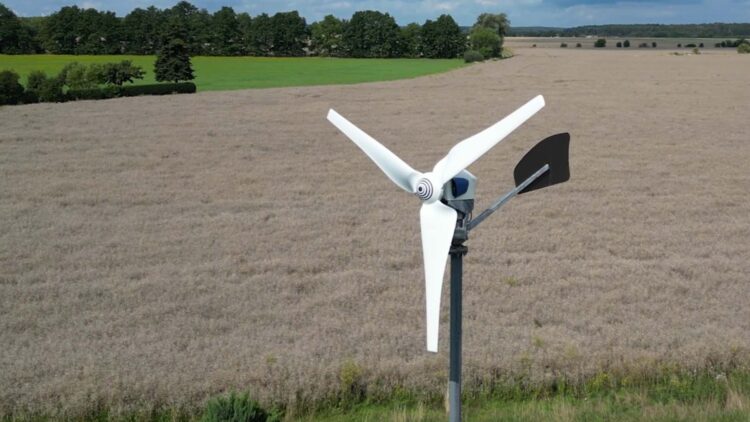New wind turbines (that does not need wind to work) are being designed in Germany.
In a world where renewable energy is becoming more and more important everyday, this project fits with the needs showing true technological innovation in wind energy. With this large-scale project, the Fraunhofer Institute for Applied Polymer Research and BBF Group are focusing on green power. The goal is to achieve earlier startup and more consistent output by using lighter blades and more intelligent materials. Low-speed turbines made of composite are being tested and guided by engineers such as Marcello Ambrosio and Raúl Comesaña Macias.
A possible solutions to providing clean power in places were wind is not that strong or usual. Additionally, even though the work is done in Germany, it could have an international impact.
How the new turbines work
The innovation focuses on hollow, precisely constructed rotor blades made from composite materials. The team uses automated fiber placement to produce millimeter-accurate laminate structures. Because of this, the blades are 35% lighter than similar traditional designs while still being strong. These low-speed turbines can turn on at 2.7 meters per second, while many sub-small models require up to 4 meters per second. Lighter blades mean less wind is required to get going. The prototype proved that a leaner design can still produce significant power in wind tunnel testing, reaching 450 rpm and roughly 2,500 watts at 10 m/s.
Marcello Ambrosio claims that the layered composite structure allows the turbine’s rotor to “turn out” of the wind in order to prevent overload and allows the blades to flex elastically during gusts. As a result, there are fewer heavy parts and dependable performance. The turbine achieves 53% efficiency, which is remarkably near to the theoretical maximum of 59.3% specified by Betz’s Law. Additionally, according to the developers, these units are up to 83% “stronger” than comparable systems currently available, indicating superior performance inside the same size class.
Where to use them and what to do next
To compare real-world performance, BBF Group is operating five field prototypes at various heights and locations. These systems, which have an operating height of about 10 meters, are ideal for emergency situations, small sites, and rural homes—locations that can’t fit tall towers but still require reliable wind energy.
In the event of a grid outage, quick-to-deploy units can power lights, charge batteries, and maintain communications. This includes disaster relief. High-efficiency small turbines have the potential to revolutionize stand-alone power systems utilized by both households and businesses, as noted by Raúl Comesaña Macias.
From beginning to end, sustainability is a key component of the team’s roadmap. The team then intends to investigate “monomaterial” designs and optimize rotors to increase recyclability at the end of life.
“Our aim is to exploit the energy of the wind as efficiently as possible to produce electrical power.” said Marcello Ambrosio.
A small turbine with huge potential
With careful engineering, wind energy can be used not only on windy plains but also in towns, farms, and industrial sites with mild breezes, as demonstrated by this German project. These low-speed turbines increase access to renewable energy sources and maintain the emphasis on energy efficiency by starting at 2.7 m/s and remaining lightweight but robust. They also reflect the larger energy transition: not one giant leap, but many smart steps—each adding up.
Stronger performance close to the limit established by Betz’s Law, lighter blades, earlier startup, and safer operation. That is true technological innovation. These small turbines could help communities generate their own electricity from daily breezes if field results are consistent with lab results and recycling developments with next-generation materials. And at this moment, the world needs precisely that kind of innovation.

